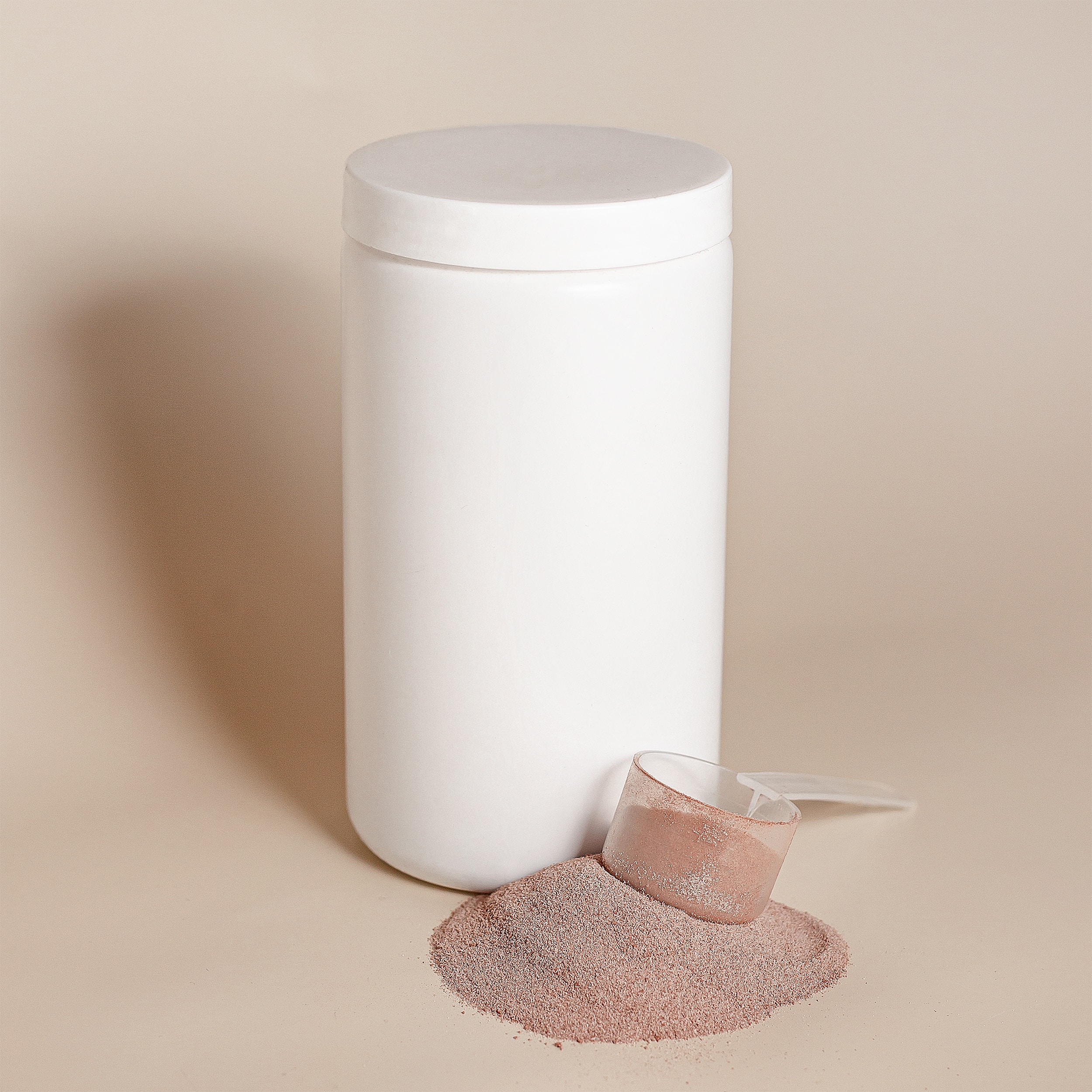
FAQ: What is traction alopecia?
5th December 2018
Traction alopecia is a relatively common condition, but usually a wholly avoidable one. It’s caused by the hair being repeatedly pulled, usually by wearing tight ponytails, buns or braids. Hair extensions are also a common cause, if they are attached tightly to the roots of the hair – even hair accessories and headwear can contribute to thinning hair. Ultimately, anything that tugs repeatedly on the hair can damage the root and lead to hair loss.
If you’re only wearing tight hairstyles every now and again, then it’s unlikely to cause any problems, but if it’s something you do on a daily basis – for example, if you’re a ballet dancer or gymnast – traction alopecia is more likely to occur. It’s particularly prevalent in Afro-Caribbean women, but can happen to any ethnicity.
As it can come on slowly, it might take a while for you to notice. In the early stages, traction alopecia can present as small bumps on the scalp. Redness, itching and soreness are also giveaways – if you have to take painkillers or rub your scalp to alleviate the pain, your hairstyle is too tight! Eventually, you’ll start to notice broken and missing hair, typically around the hairline.
The good news is, if it’s spotted early, traction alopecia can be treated and reversed. Wear your hair down as much as possible or wear it in a looser hairstyle – keep changing your hairstyle to avoid putting repeated strain on the same area of the scalp. If you use hair extensions make sure its attached in a minimally traumatic way, or try to wear them for shorter periods of time and give your hair a break between wearing them. It can take some time for the hair to grow back, but if you treat your hair as gently as possible during this period, there should be no lasting damage.
However, if there is significant hair loss, or scarring, it’s worth visiting a medical professional. If traction alopecia is diagnosed, a topical hair growth treatment such as minoxidil (Regaine) could be offered, as it can promote growth within 3 to 6 months. In severe cases where the loss is confirmed over a prolonged period, the follicle might be too damaged for the hair to grow back – and hair transplant surgery could be the only option to restore the hair to its former glory.
If you’re concerned about hair loss or want to book a consultation, get in touch with our team.


